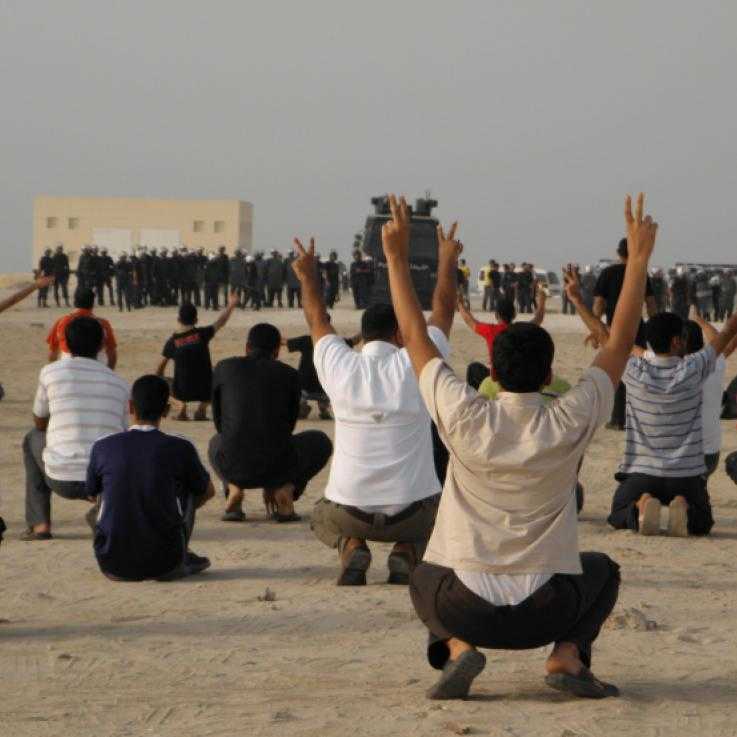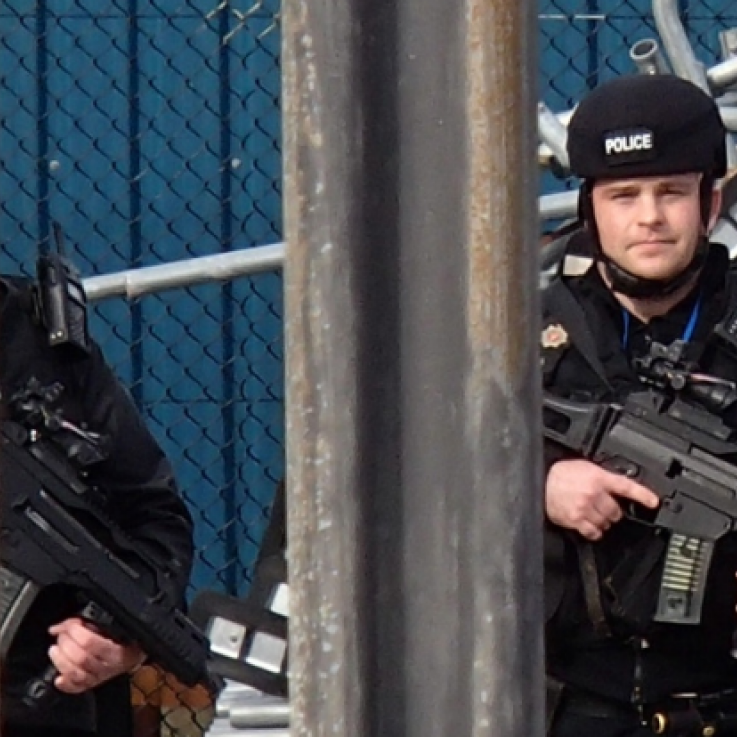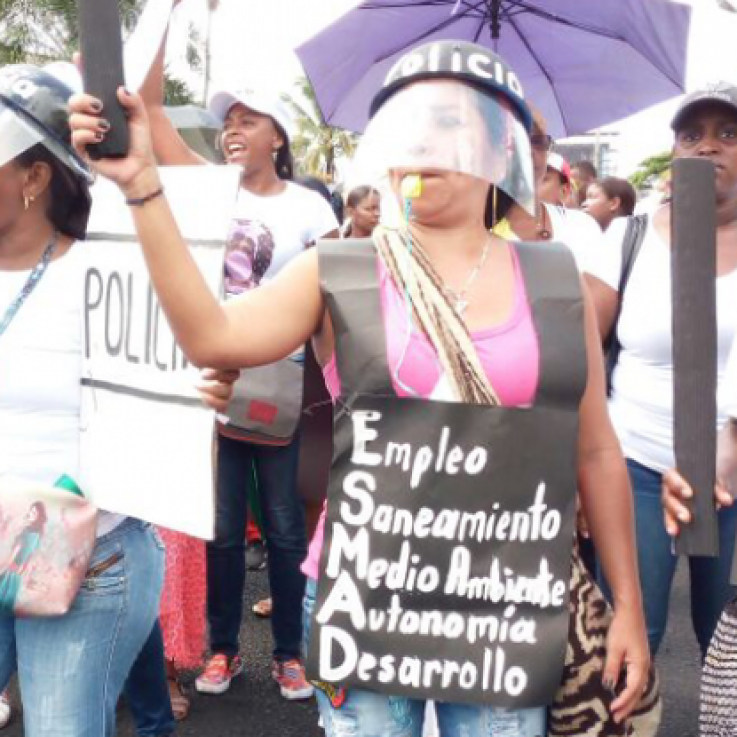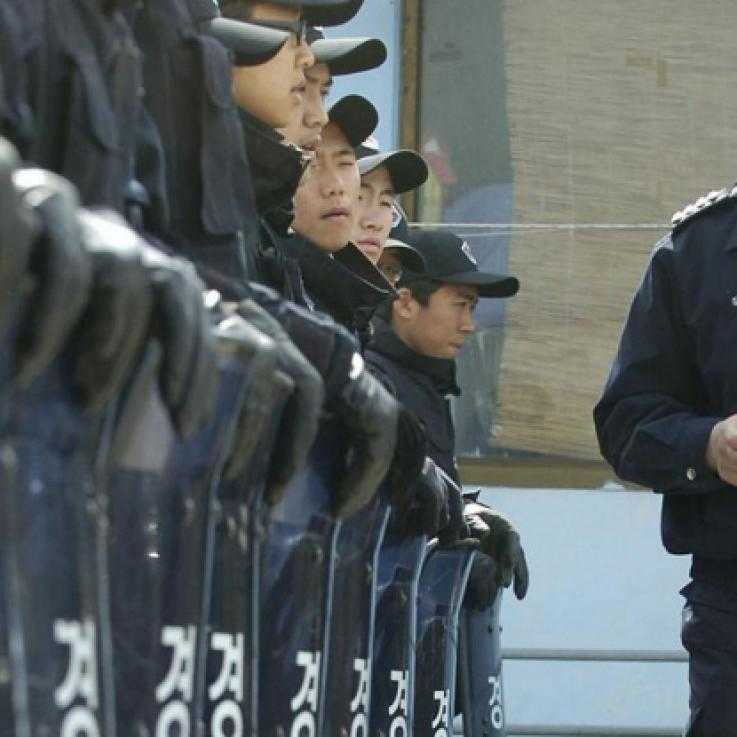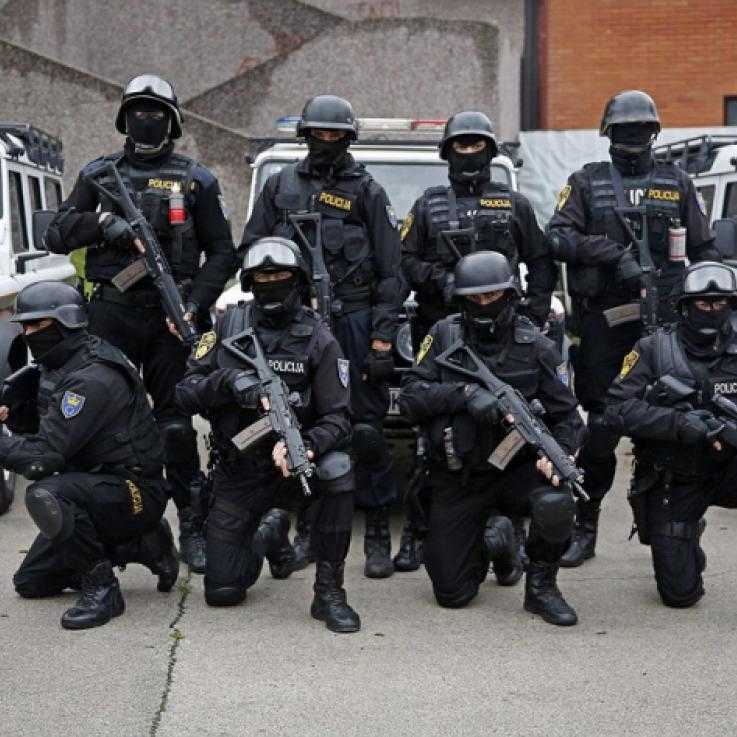Blurring the lines between the police and the military
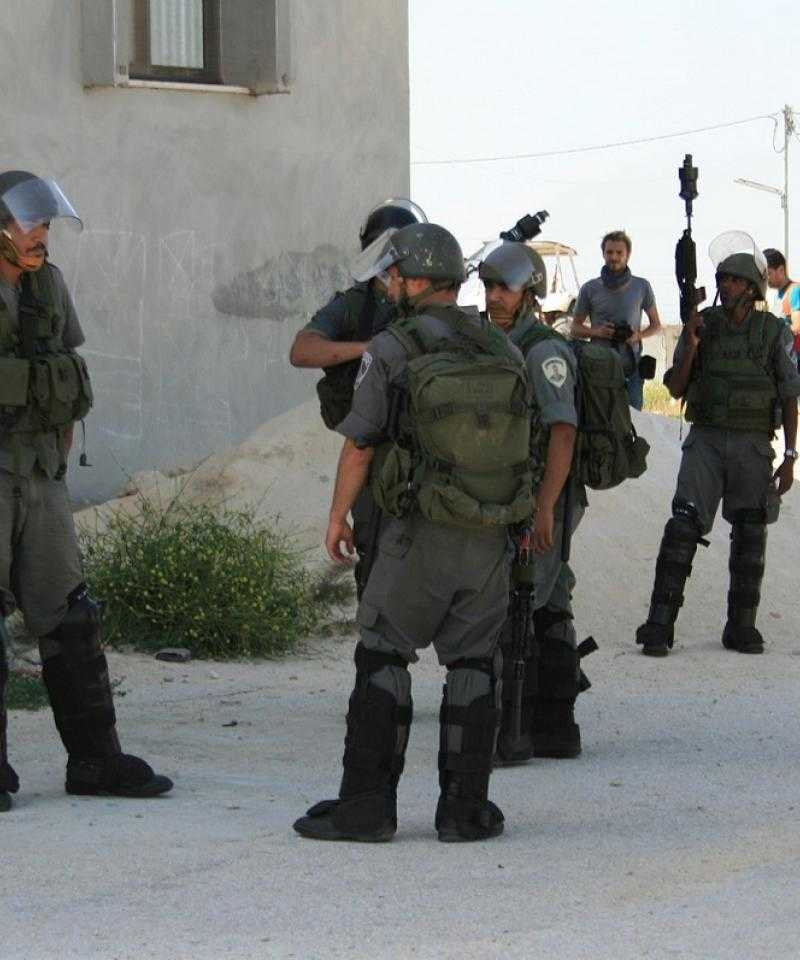
There is a blurring of the lines between the police and the military with police units adopting increasingly militarised behaviours and the military taking on policing roles. This resource looks at the militarisation of both policing and internal security because the police often do not have the monopoly on the use of force to maintain the state’s control over society.
In some cases, military units are called upon to fulfil policing roles or police forces include military police units. Militarised policing in Rio now falls to the Military Police of Rio de Janeiro State, part of the Brazilian Army, and incorporating the Pacifying Police Units and the Special Police Operations Battalion or BOPE. These units use armoured vehicles including the Maverick, which was also used in apartheid South Africa, and have a reputation for shooting to kill instead of arresting. In West Papua, the Mobile Brigade Corps and Special Detachment 88 form part of the Indonesian Police but are in fact heavily-armed paramilitary forces used to crush demands for independence.
Elsewhere, the military is expressly forbidden from carrying out policing functions in an effort to stay the militarisation of society. In practice, this often means that specialised police units take on quasi-military roles and behaviours. The GSG-9 is an elite German special forces counter-terrorism policing unit. It was created as a police rather than a military unit to get round the fact that German federal law prohibits the use of military forces against the civilian population. In the United States, the National Guard fulfils the same function despite being a reserve unit of the United States Armed Forces.
Conscription to the police force can form part of compulsory military service as it does in Cuba where conscripts can be selected to join the National Revolutionary Police Force and Israel where one third of the police force is Border Guard or MAGAV, a unit that recruits via conscription. Where conscription is not present, recruitment is still often militarised with ex-military personnel choosing policing as a career-path upon leaving the armed forces.
The army itself is also often used to occupy part or the whole of a territory and carry out policing functions. In Rio de Janiero, the favelas were invaded and occupied by the army between 2014 and 2015. The army had police powers during this time and military courts were used instead of civilian courts. The Israeli army carries out an internal security role in the Occupied Palestinian territories alongside the police, with military snipers targeting demonstrators. The armed forces may also be called in to put down protests as they were in Buenaventura, Colombia, in 2017 where the Naval Infantry joined the Mobile Anti-Disturbances Squadron or ESMAD in violently quelling social unrest.
Into the mix are thrown unaccountable private actors in the form of private military security companies (PMSCs) which have proliferated “in the years since the declaration of a ‘war on terror’” with a “vast private industry” now being worth “hundreds of billions of dollars” (War on Want, 2016). Israel uses private security companies to operate checkpoints and guard settlements in the Occupied Palestinian Territories. Private security guards “have policing powers… bear arms and are entitled to use force in performing their duties. In the settlements in the West Bank and East Jerusalem, [they] de facto serve as a private police force that serves the settlers population” (Who Profits, 2016).

